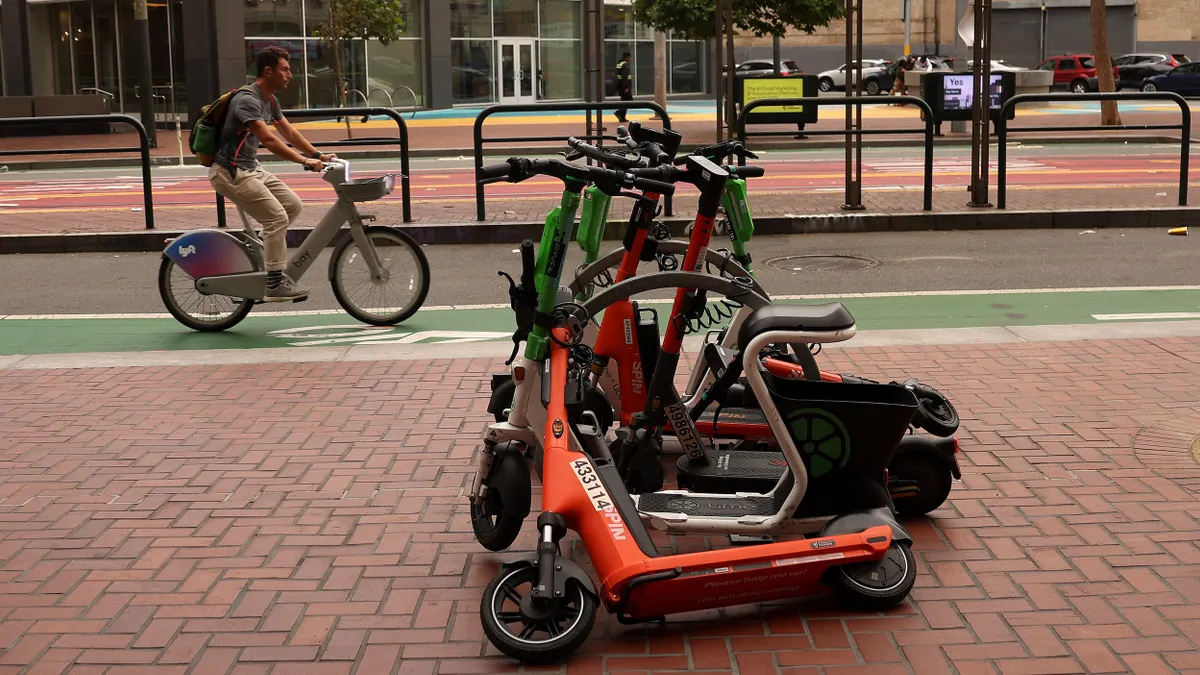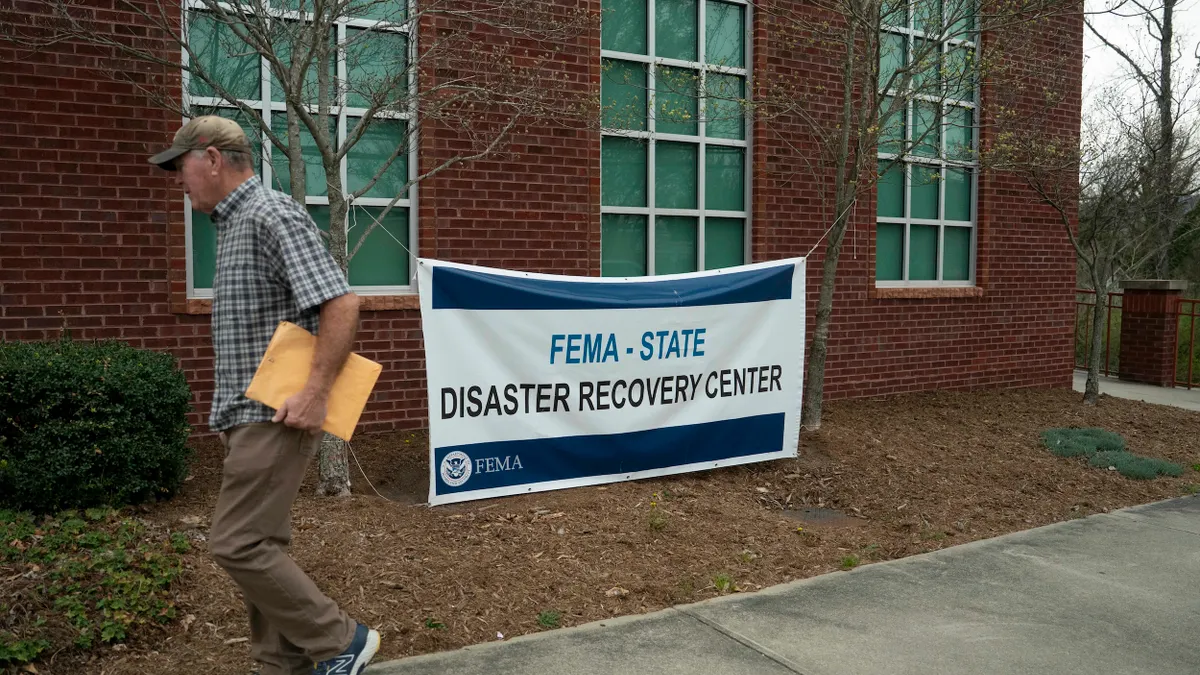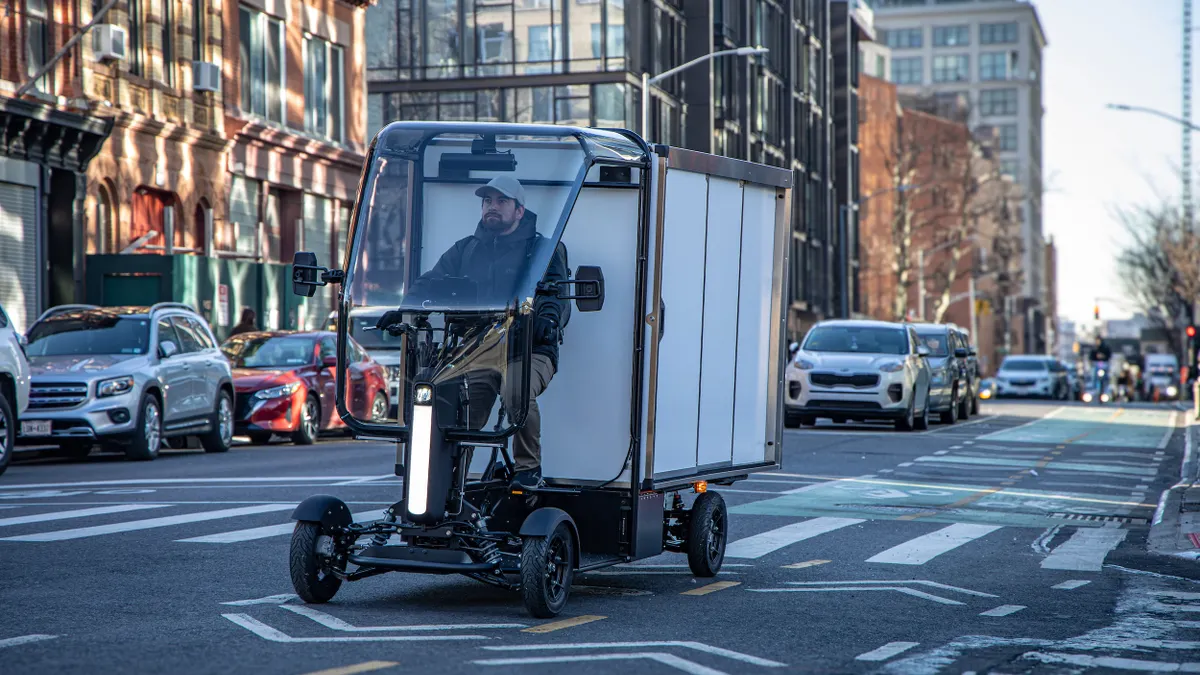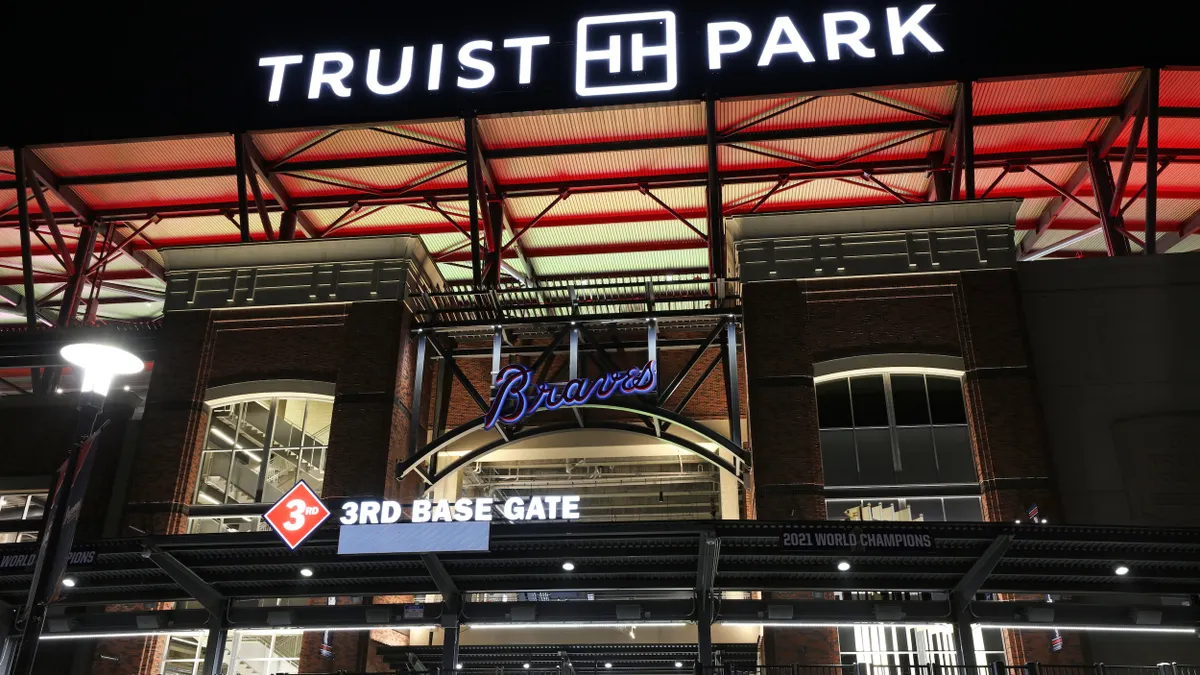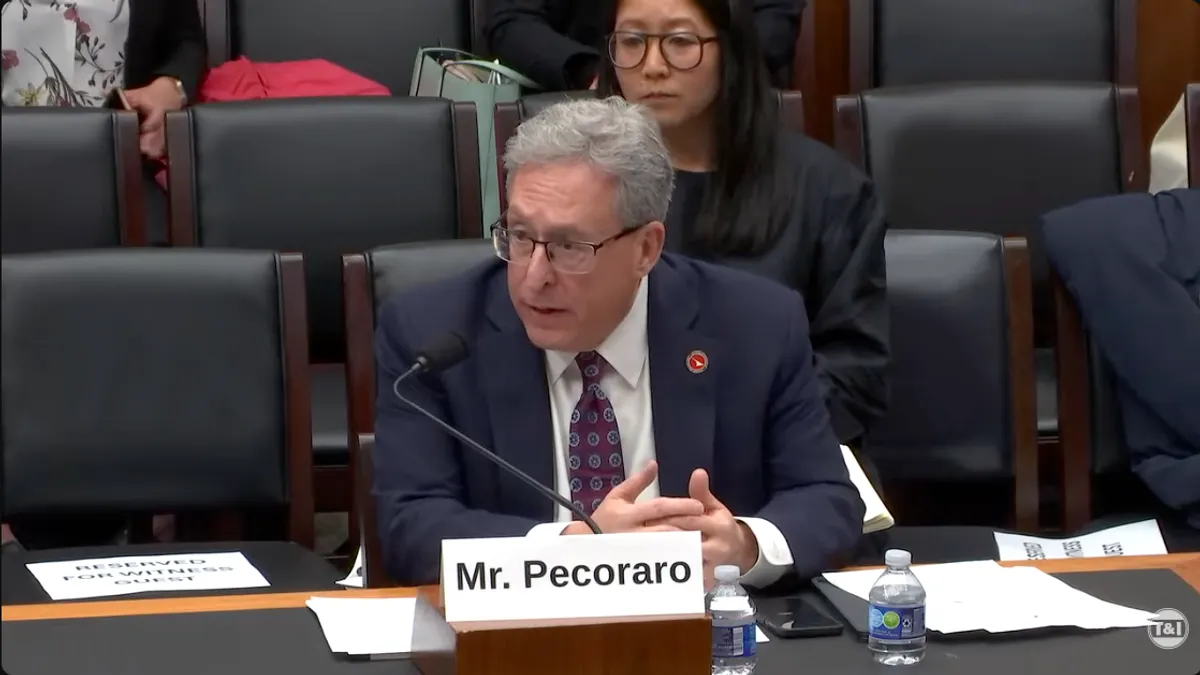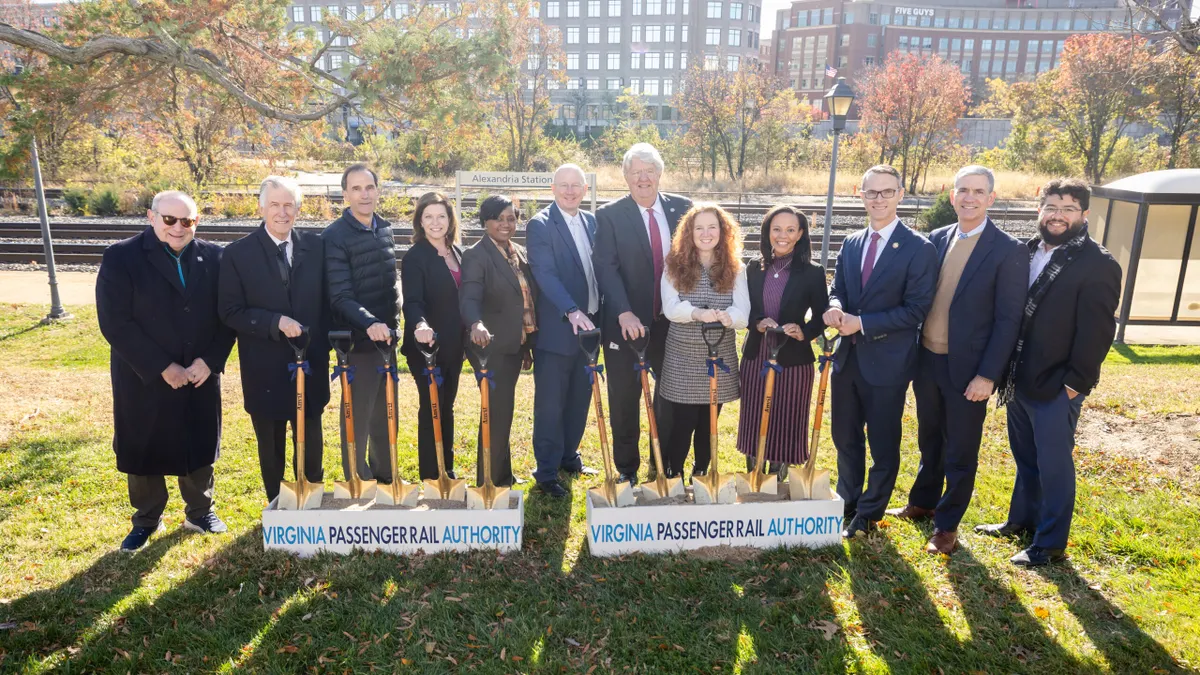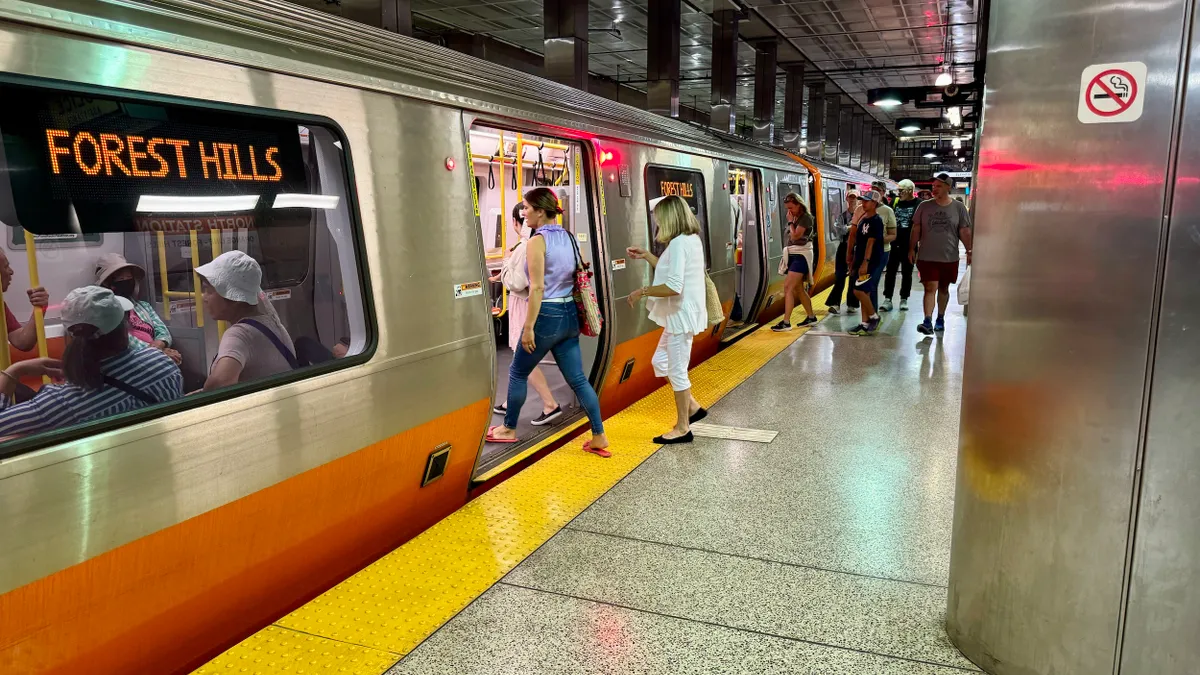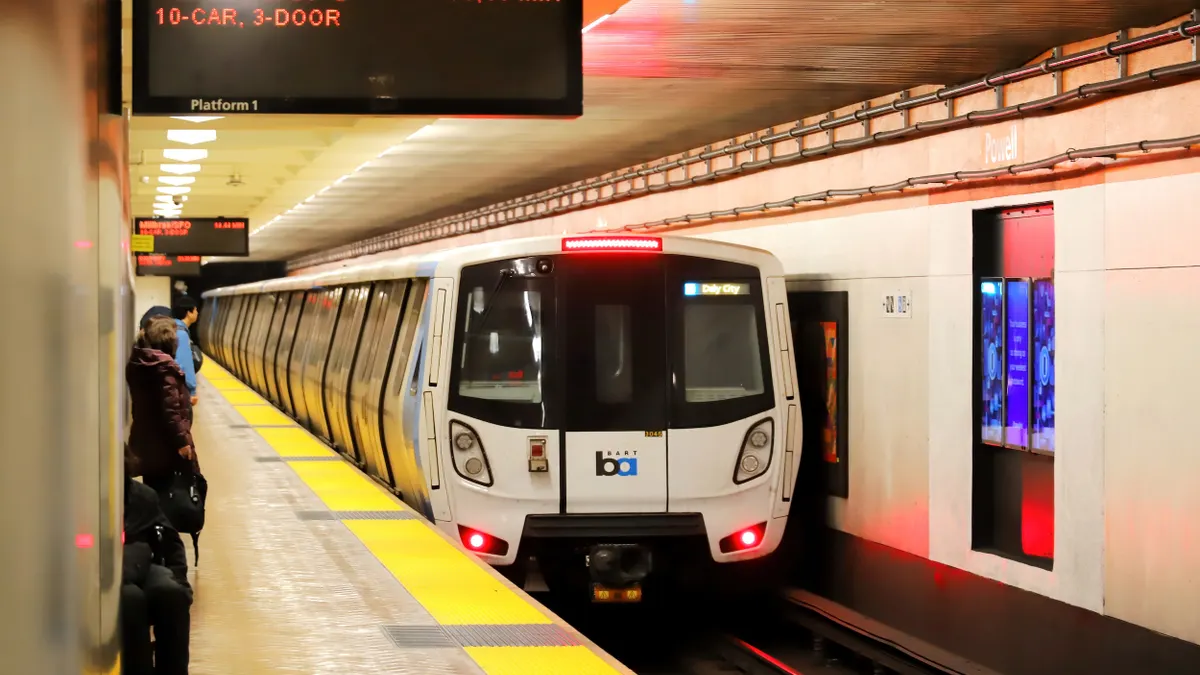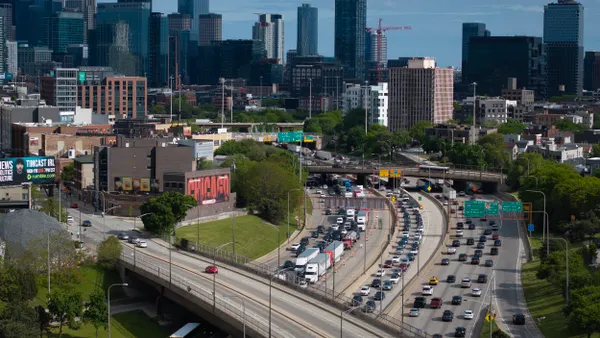Marta Anadón Rosinach led the launch of Upway in the U.S., a European company that buys and sells certified pre-owned electric bikes.
California has spent years positioning itself as a climate leader, investing billions in clean transportation. But for all the headlines and progress, a simple truth remains: Our current strategy is leaving out the people who need it most.
Take the Clean Vehicle Rebate Project. Designed to help Californians shift to zero-emission vehicles, it offered up to $7,500 — but a new EV typically costs over $50,000, out of reach for many even with the rebate. Too often, people who rely on aging cars, or have no cars, are still stuck with inefficient, unaffordable or unsafe options.
It’s time we rethink the definition of “clean mobility” to include equitable access. A zero-emission car might qualify on paper, but it won’t help a shift worker in Stockton without a dollar to spare or a teenager in San Bernardino commuting to school. Public buses and trains don’t reach everyone, and when they do, they often don’t run frequently or reliably enough to replace a private vehicle. But a light electric vehicle, paired with safe, connected infrastructure, can.
LEVs — including e-bikes, e-scooters and other compact rides — are cheaper to own and operate than motor vehicles, require less space and fewer resources, and work well in urban areas. For low-income workers, students and families without reliable transit, they can be a lifeline. But so far, LEVs have been left to the private market — if you can afford one, great; If not, too bad.
The Driving Clean Assistance Program, which helps low-income residents purchase zero-emission vehicles with grants and loans and includes LEVs, is a meaningful start. So is California’s E-Bike Incentive Project, which offers up to $2,000 towards e-bike purchases for income-qualified Californians, prioritizing those in low-income and disadvantaged communities. Residents apply through a statewide lottery and, if selected, receive a voucher they can use at participating bike shops.
We need such programs, and there’s clear demand, evidenced by the first e-bike vouchers being claimed within minutes. But we need to massively increase available funding, use that funding efficiently and ensure incentives reach the people who need them most.
One step is expanding the E-Bike Incentive Project to include secondhand e-bikes that meet existing safety and quality standards. Often 30% to 50% cheaper, used e-bikes would let more riders redeem vouchers without out-of-pocket expense. By requiring rigorous inspections and UL or EN certification, California could ensure safe, reliable rides — indistinguishable from new bikes apart from cost.
Across the U.S., well-planned LEV rebates have proven highly effective at connecting low-income folks with affordable, clean transport while reducing car reliance. For example, Denver’s program originally offered all residents up to $400 towards the purchase of an e-bike but provided income-qualified riders a bigger boost: up to $1,200. Surveys show that these lower-income e-bike owners rode nearly 50% more than standard rebate recipients. Overall, recipients rode an average of 26 miles weekly, avoiding 3.4 round-trip car rides.
Even beyond rebates, we need to start treating light electric transportation more like a public good, with dedicated investment into LEV infrastructure. Not just scattered bike lanes, but a statewide network of safe, physically separated routes connecting neighborhoods to schools, jobs and transit. Most major cities — like Los Angeles and San Francisco — already have bicycle master plans to develop such infrastructure. It’s urgent that these plans are fully implemented, and indeed prioritized, by local officials, particularly in LA as it plans for a car-free 2028 Olympics.
California has the tools to make equitable green mobility a reality. What’s missing is the mindset shift. We need to stop designing transportation programs around those who already have access and start building for those who don’t —moving beyond electric cars to treat sustainable micromobility options as essential public infrastructure, not lifestyle accessories.


